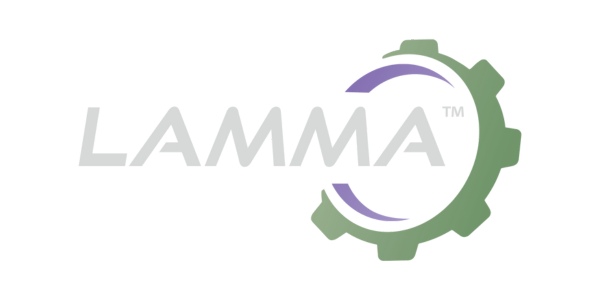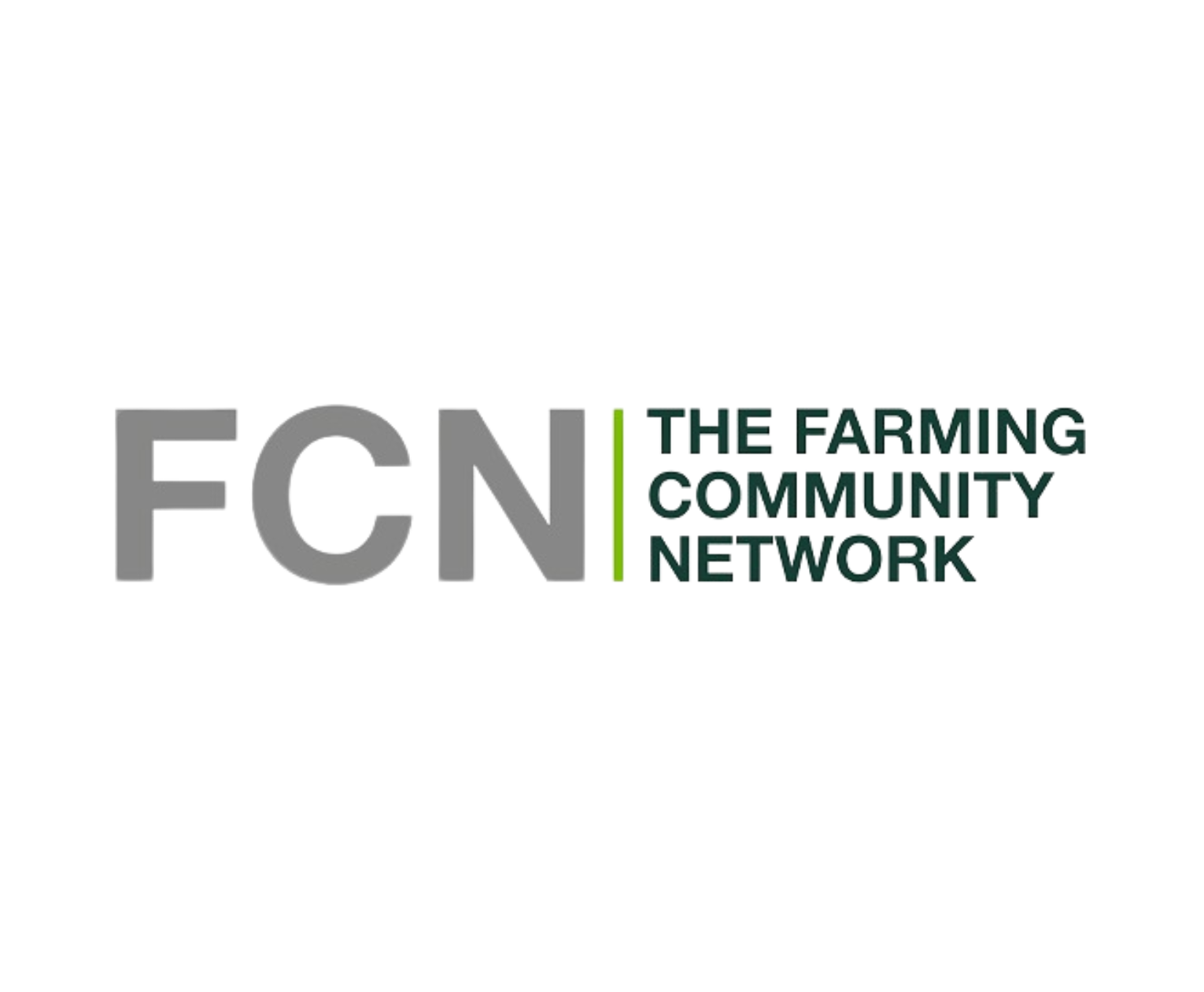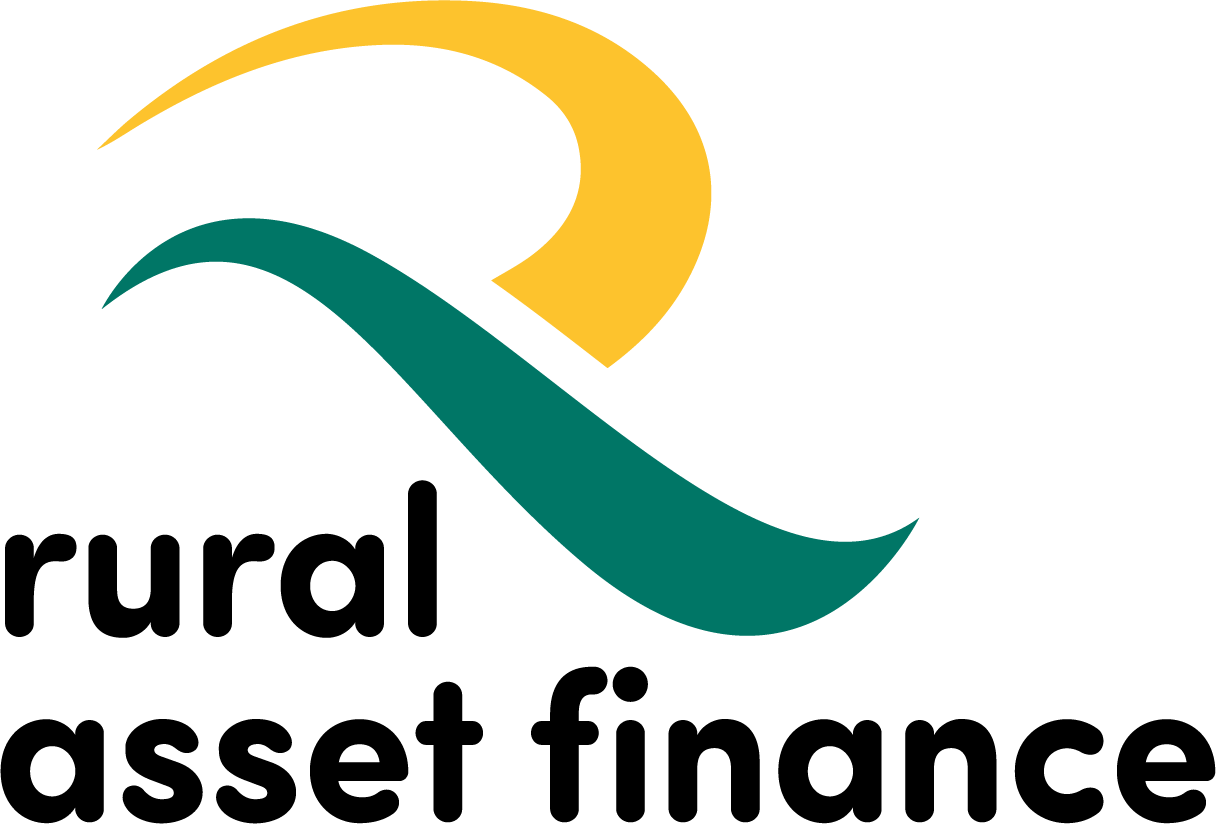Selling Carbon Credits Safely
)
Carbon credits are verified, measured reductions in emissions into the atmosphere or the removal of carbon dioxide from the atmosphere issued to certified climate action projects. Each carbon credit represents 1 tonne of carbon dioxide equivalent avoided emission or removal from the atmosphere.
There are many companies offering farmers an income through the carbon credit market. Some offers may seem too good to be true and, in some cases, they are, so it’s important to do your research and choose companies who offer verified credits.
For farmers, it is important to make steps towards the UK governmental goals of being net neutral by 2050. Due to these goals, as a farmer or landowner, it is important to not sell credits that you may need for your own business later down the line.
Once a credit has been sold, that sequestration cannot be used for the farm’s benefit. For example, if a farmer is approached with an offer to be paid to have trees planted on their land and the sequestration from them is then sold as an offsetting project for another business, these trees and/or any sequestration values from them cannot be used for the farm’s own carbon calculation and offsetting.
Instead, it is far better to become part of a project where any credits made are firstly used to offset any on-farm emissions, with only the remainder being sold.
CXCS have partnered with Ecometric and Indigro to create safe, traceable, high integrity carbon credits that put the farmer/landowner first. Ecometric are specialists at measuring carbon capture using soil sampling and groundbreaking AI imagery analytics technology. Indigro build on this by focusing on positive soil changes, monitoring, advising and improving the farm business outcomes. Finally, CXCS collate this data to accurately measure the farm’s current emissions and ensure the farm’s emissions are covered first, and only surplus credits traded.
The projects we work on specialise in sequestering more carbon into the soils than what is emitted growing food and fibre crops. Forward thinking farmers who are actively looking after their soils, and whose management practices reflect a more regenerative approach, have the ability to increase levels of SOC (soil organic carbon) each year with the potential to create saleable credits.
To give a brief overview of how it works:
- A baseline (Year 0) SOC is measured
- A baseline emissions report (Year 0) is produced – this is used for assessing current management practices and is assessed by agronomists to create any required action plans.
- Year 1 SOC is measured – this is compared to the Year 0 reports to record change.
- Year 1 emissions calculations are completed – these emissions are deducted from any positive change in SOC. The remainder goes to a verification body.
- After verification, a suitable buyer is selected, and credits are sold.
- This process is repeated annually, along with standard reports, benchmarking, management plans. Future-proofing plans are also created.
The carbon credits issued through this high-integrity system are independently verified and have consistently achieved a price premium during three years of credit sales to trusted buyers. Like livestock sales, the carbon market goes up and down, but once verified you can hold onto your credits until you are ready to sell.
For further help and advice, please contact our Carbon Auditing team on 01981 590514.




.png)

